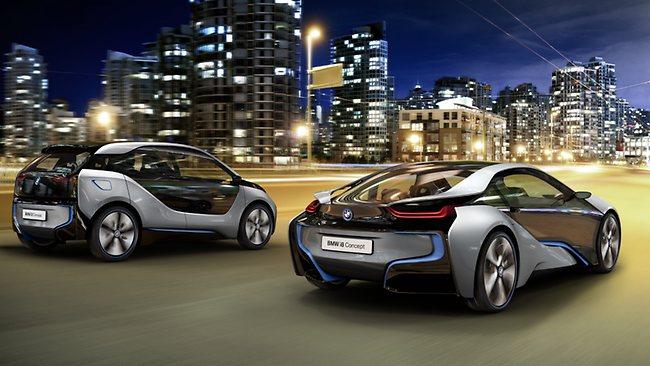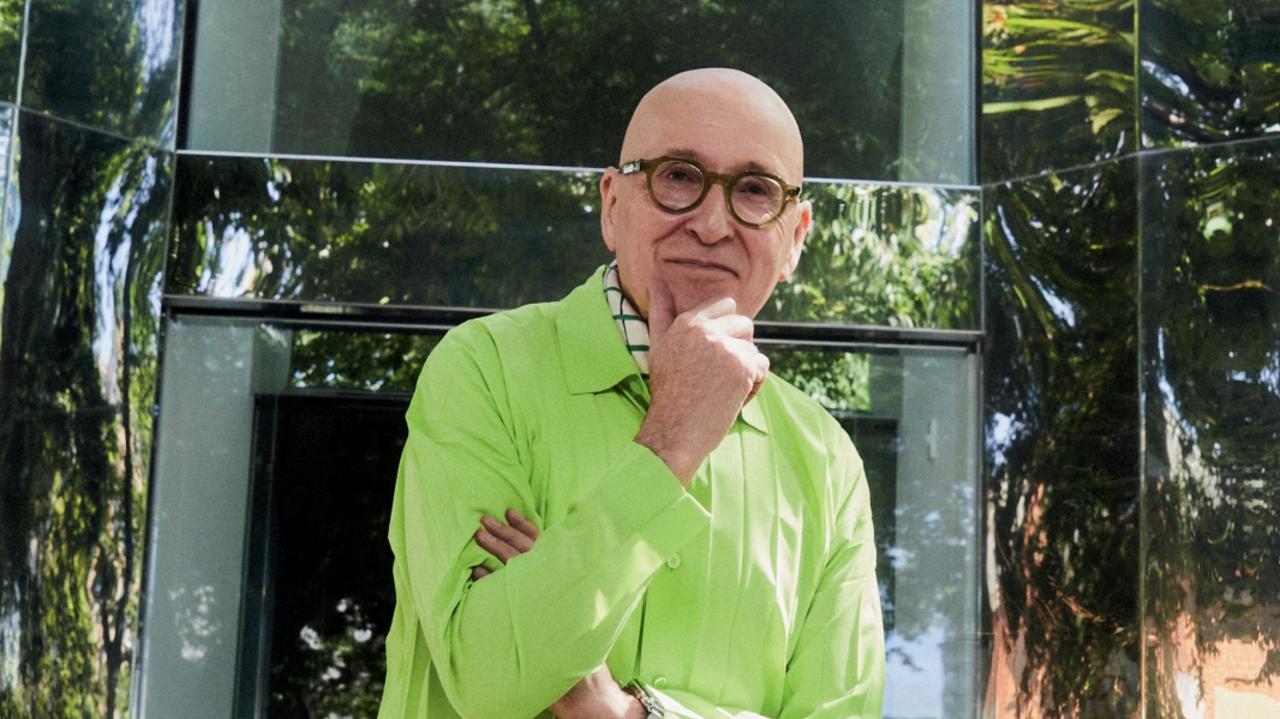Cliches aside, the 'i's have it
BMW has employed original materials, engineering and designs in its latest sub-brand. At last, a car that earns the word, "new".

One of the most over-used words in car advertising is "new". The latest model is always new, even when the changes amount to nothing more than a bit of restyled plastic.
So devalued has the word become, you’ll sometimes hear a car described as “all new”, but you’d be wrong to interpret that literally. Carmakers seldom risk changing everything at once.
But the adjective gets a work-out describing BMW’s i sub-brand. To create this environmental division it started from scratch and the cars owe nothing to existing models. The materials are new. The engineering is new. And the design is ... well, new.
The i sub-brand parallels BMW’s performance division M, but with a focus on low emissions. Under its banner, BMW will eventually offer a range of cars with electric drivelines, carbon-fibre construction and eye-catching designs. The first model, the i3, enters production in 2013; the i8 a year later. They represent two extremes of motoring, a practical four-door city runabout and dramatic 2+2 sportscar, and between them represent the bookends of BMW’s eco-thinking.
Both cars employ the same layout and construction method. Under coloured plastic external panels there’s a shell made of carbon fibre, which encloses the passengers. This sits on an aluminium chassis that houses batteries in the middle, under the cabin floor, and supports an electric or hybrid driveline and suspension. The use of lightweight carbon fibre and aluminium offsets the extra mass of the batteries, so i cars weigh about the same as similar conventional cars. Using carbon fibre also reduces the number of body parts, from 150 or more to fewer than 40.
As well as perfecting a mass production method for the material, BMW borrows an aerospace technique to glue the body to the chassis. In the i3, the result is a remarkably roomy cabin for four within its modest 3.8m length.
A 125kW electric motor is mounted at the rear, driving the rear wheels. It can propel the car to 100km/h in less than 8 seconds and reach a top speed of 150km/h. Driving range is 130km–160km before its batteries need recharging, which takes six hours. BMW will also offer versions with a small petrol engine that functions as a generator to recharge the lithium-ion units on the move.
As a plug-in hybrid, the i8 needs fewer batteries and, to keep the low profile needed for a sportscar, they’re positioned down the centre of the car where a transmission tunnel would normally be. At the rear is a 164kW turbocharged, 1.5L three-cylinder petrol engine and at the front a 96kW electric motor.
The i8 can be driven on electric power alone for up 35km, just the petrol engine or both together for maximum performance. Acceleration to 100km/h in 4.6 seconds and a top speed of 250km/h means it can hold its head up with all but the quickest sportscars and the pay-off is unrivalled fuel economy of 2.7 litres per 100km. BMW says even driven flat out it can achieve 5-7 litres per 100km. The batteries can be recharged in less than two hours.
Batteries and carbon fibre are expensive and i cars will have prices well above their petrol equivalents, with suggestions the i8 would be around $300,000 in Australia. BMW describes all this as “the dawn of new era”, so it hasn’t left hyperbole behind. Then there’s the problem of enlisting the letter “i”, which seems to preface everything these days. But if the language still sounds cliched, at least this time the cars are new.


